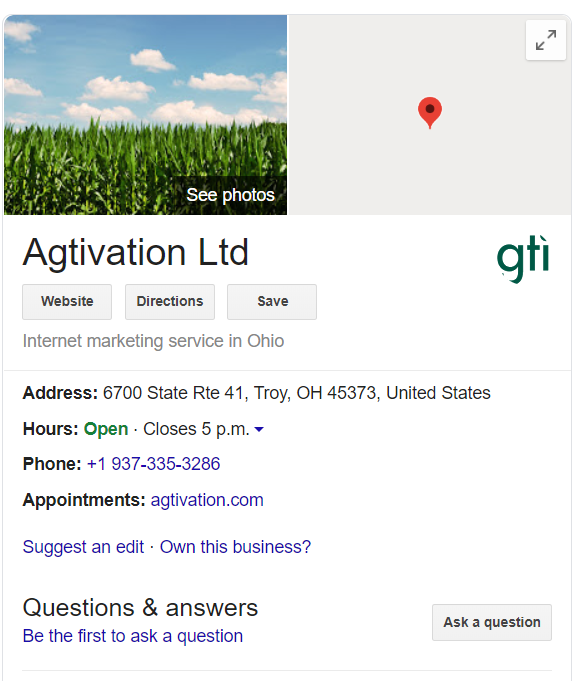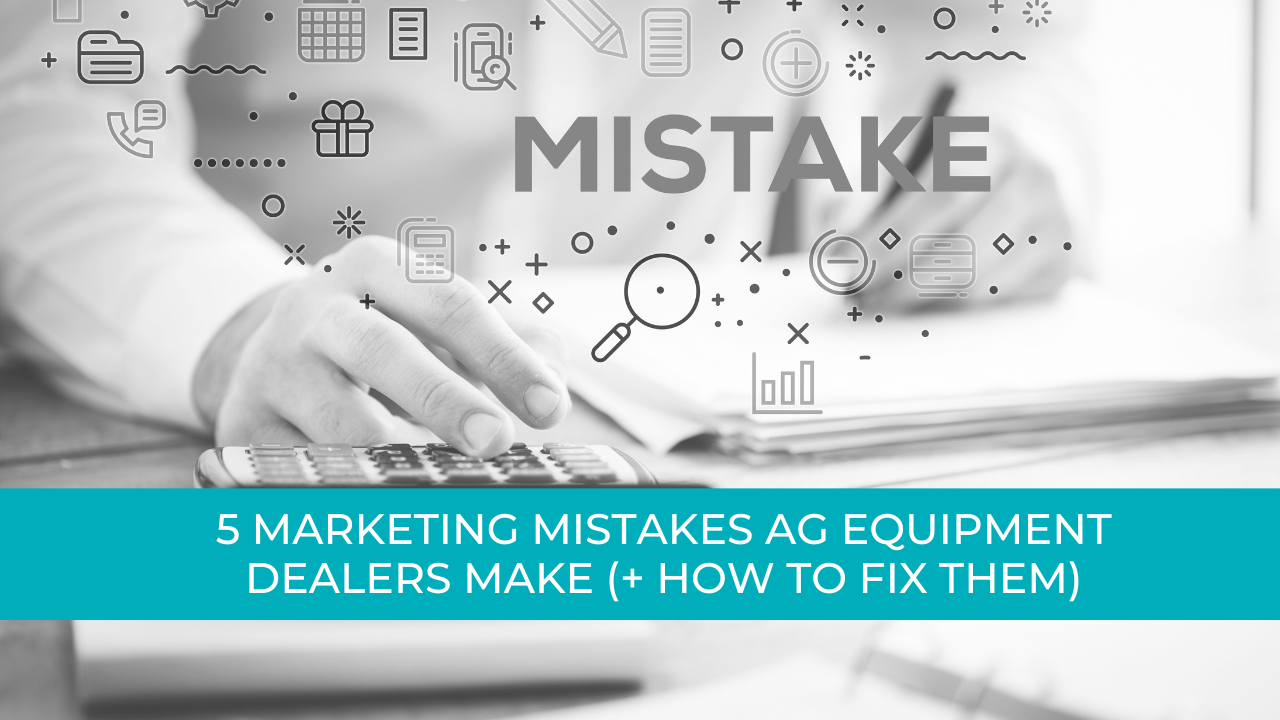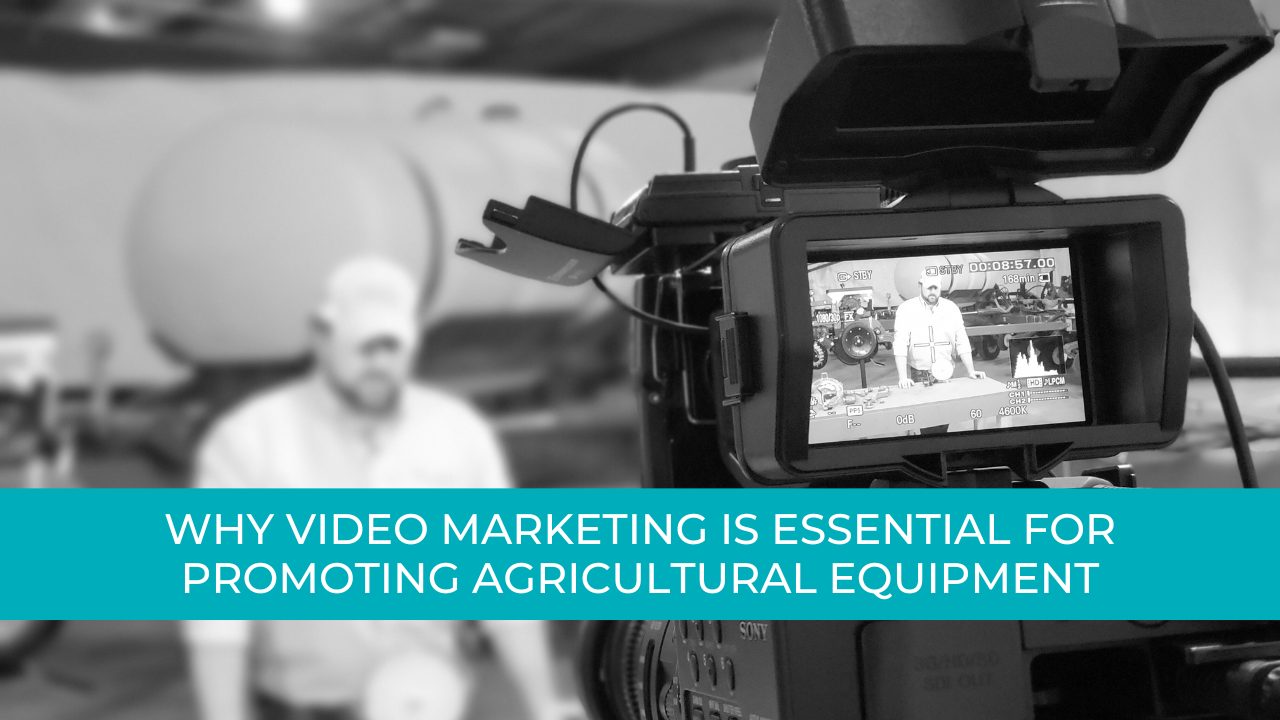People don’t use the Yellow Pages anymore, if somebody is looking for a particular business then they go straight to Google for their answers. People use Google for everything now - which is why it’s important to get noticed on the search engine.
If you aren’t sure where to start when it comes to getting to the top of Google, you’re not alone. A lot of businesses don’t know where to begin when it comes to getting their website noticed on Google.
Here are four easy ways you can help your website get to the top of Google’s rankings.
Create Quality Content
Creating quality content is one of the best ways to get people to come to your website. But you can’t just throw out any old piece of copy - it has to stand out and be better than what your competitors are publishing on their sites. You want your content to mean something to your audience to attract them to make a purchase with your company.
You won’t be able to write that sort of content consistently without doing some research into your audience and your industry. You need to build up your knowledge of what’s going on in your industry - and here’s how:
1. Keep an eye on social media
You should keep on top of the trends happening on social media within the agricultural industry so you can post about them and keep relevant to your readers.
You should also use your social media to keep in contact with your customers and your audience.
2. Get to know your customers
Your customers are more than just a number. You want to make them feel like they belong with your company and make them see that what you have to offer will help improve their work life.
Pay attention to what your customers need and answer their questions and concerns as best you can. Be sure to respond to any reviews or feedback that they give and help sort out any issues that they might have had with your product or service.
3. Keep tabs on your competitors
You don’t want to copy exactly what your competitors do, but keep in mind how they’re approaching the industry. What type of content they’re putting out on their website, and what’s resonating with your audience, will help guide you to what sort of content you should be displayed on your website.
4. Write attractive titles
The first step to grabbing attention online is enticing the reader in. There isn’t any point in writing an amazing piece of content if you don’t have an attractive title. Try to write titles that will draw the attention of your audience so they’ll be intrigued to read your content.
Optimize Your Social Media
Having a strong social media presence is important and without one your company is missing out on a huge opportunity to promote themselves and
make sales.
Keep in mind the ultimate goal of using social media is not to achieve an arbitrary number of likes or views on your latest post - but to feed your followers into a sales funnel.
With social media, you can reach a large portion of your target audience, all at once, and promote your new products or service to them.
You just have to make sure everything is linked right back to your website.
However, just having a social media profile isn’t enough. In fact, if you have multiple social media accounts and they aren’t updated regularly, it can have a negative effect on your business. It can make your business come across as neglected and out of touch.
If you want to avoid having a bad social media presence, then you need to start giving all of your accounts the love and care they need. Try using this checklist to ensure that you’re doing everything you can to improve your social media presence.
1. Make sure all your information is correct, this includes your:
- Address
- Company name
- Services offered
- Products
- Opening times
- Location
- Links to your website - again, we can’t stress how important this is, especially for SEO purposes.
2. Know your industry inside and out. See what your competitors are posting about and what’s trending on social media in the agriculture world.
3. Post regularly and keep your audience up to date with what’s happening in your business.
4. Share relevant content to keep your target audience engaged and interested in what you have to say.
5. Post ‘sales’ updates sparingly. Companies that are the most successful on social media
follow the 3:1 rule
(that’s one sales post to every three informational/engagement posts)
If you’d like to learn more about optimizing your social media check out our other blog post we wrote about everything social media related.
















